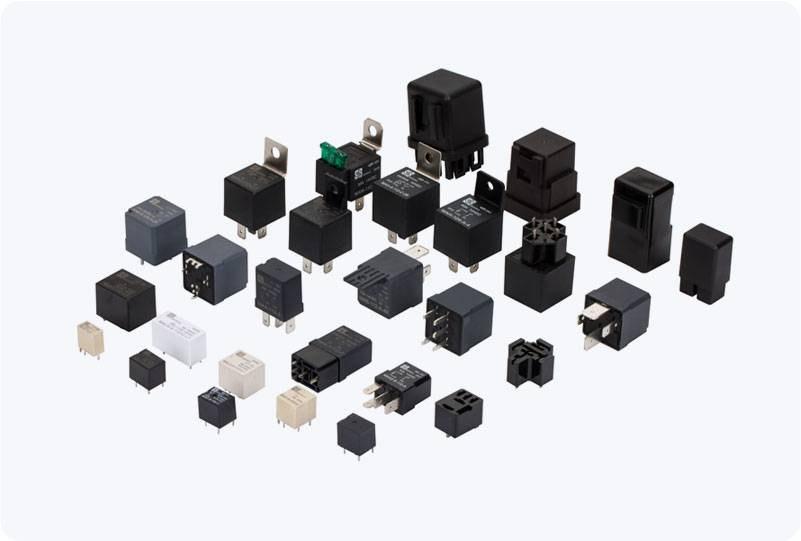Power relays play a vital role in many electrical and electronic systems by controlling high voltage and current flows with minimal human intervention. However, as power relays frequently switch circuits on and off, one of the most common issues that arise is contact welding, a phenomenon where the relay’s contacts become fused or stuck together due to excessive heat, electrical arcs, or high current. This problem can lead to device failure, loss of control, and even catastrophic breakdowns in some cases. To ensure the longevity and reliability of power relays, it is crucial to implement effective solutions for preventing contact welding. This article explores the importance of addressing this issue and suggests practical solutions for managing relay contact welding.

The Causes of Power Relay Contact Welding Contact welding in power relays occurs primarily due to the interaction between high current, electrical arcing, and the heat generated at the contact points during the opening and closing of the relay. When a relay operates under high current conditions, an arc is formed at the contact points as they separate. If the arc is not extinguished quickly, it can cause the contacts to melt or fuse together. Over time, repeated instances of welding can lead to permanent damage, rendering the relay inoperative or less effective at controlling the flow of electricity.